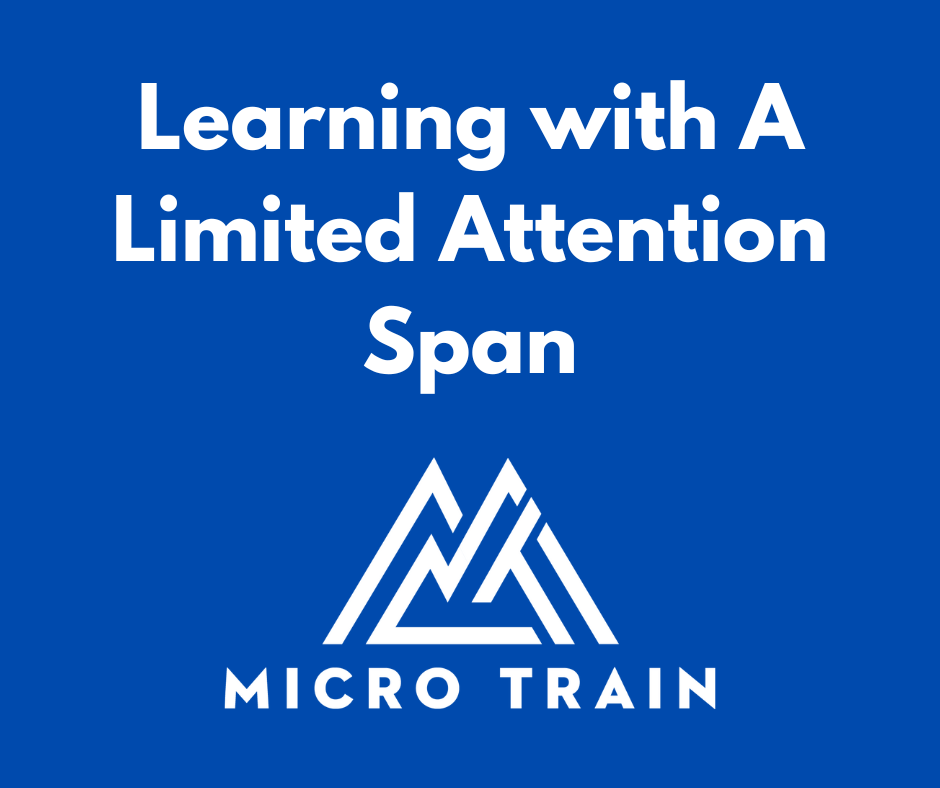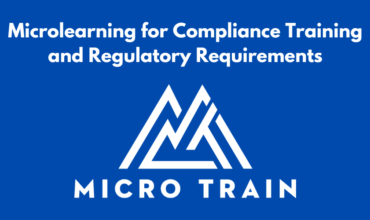Learning with A Limited Attention Span
Learning with A Limited Attention Span
Prior to the written language, learning and training came from an apprenticeship model. A parent or master craftsman would develop the talents of another in a personal format. Even after the written language was developed, this apprenticeship model stuck around. It continued as a strong method of developing others while being a highly inefficient manner of instruction.
Schools adopted new models of learning shifting it to a classroom while using a variety of approaches to develop minds. This not only shifted the one to one model but also expanded the development role from training to learning. The shift to mass learning also enabled scores of children to develop far above what their predecessors had experienced.
Workplaces also needed to focus on training. As corporations took hold and individually run businesses dwindled, the model of learning changed. Businesses still needed competent workers however, they did not have the time to wait for an unprescribed apprenticeship to take place. These corporations brought forward formal training with the goal to expedite the timeline from a Johnny on the street to a 100% productive craftsman.
Learning Efficiency
This drive for training efficiency has spurred the advent of micro learning. YouTube helped facilitate this transition as small tasks taught in bite sized clips. This approach reduced the struggle when teaching large scale skills and mimics the former apprentice model where an individual would start as an apprentice and be able to complete a few tasks. Then they would progress to being a journeyman and be competent at their job. Lastly, they would master all the skills and earn the title of craftsman. Truly a great development model for learning about processes and skills.
However, this micro training model fails to provide the opportunity to unlock deeper thoughts about the craft. The theoretical exploration of any field helps to contextualize the experience. It allows for mental replays of experiences. It unlocks new insights into approaches that have never been identified before. Directed focus leads to a cognitive flow state which unlocks the deepest levels of understanding. It is what takes you from being a journeyman to a master craftsman.
Unfortunately, our world is built on an aggressive timeline. Productivity must increase, always. New employees must rush to become productive even if that entails a long-term negative consequence. Each corporation is leaning out waste, and non-productive time is the first to go. “If you’ve got time to lean, you got time to clean.”
Mirroring this progression of maximum productivity is the constant feeding of the mind. The desire to never endure boredom with a 100% of the time occupied mind. This is slowly reprogramming minds and greatly reducing attention spans with the ability to concentrate ad achieve a state on mental flow.
Revitalized Training Approaches
Corporations need to not only revitalize their training patterns but their philosophical values around development. Skill acquisition will always be important, and it will continue to enjoy advancements with micro learning’s and gamification that matches today’s dynamic attention span. However, organizational leaders must resist those common managerial urges to be 100% productive all the time. Otherwise you will have a workforce good at completing tasks and worse at complex problem solving always looking for the superficial Occam’s razor answer in every situation.
If your intent is to advance your organization, rethink the second element of learning. The depth beyond skill acquisition. It takes greater effort to go into deeper thought. Looking beyond the immediate result to incorporating the deeper learning takes time. Time that cannot be rushed due to an arbitrary corporate timeline.
New people at work represent many things to many different people. It can represent a warm body in a cold seat or the potential to help evolve the organization. The first approach focuses heavy on teaching skills, to do the job, and don’t create any waves. But if the thought of bringing in someone new opens ideas of hope, allow them the time to breath. Incorporate the deeper thought items to open the cognitive processes on how to get from current state to an improved future state. Today’s organization won’t thank you, but tomorrow’s will.








